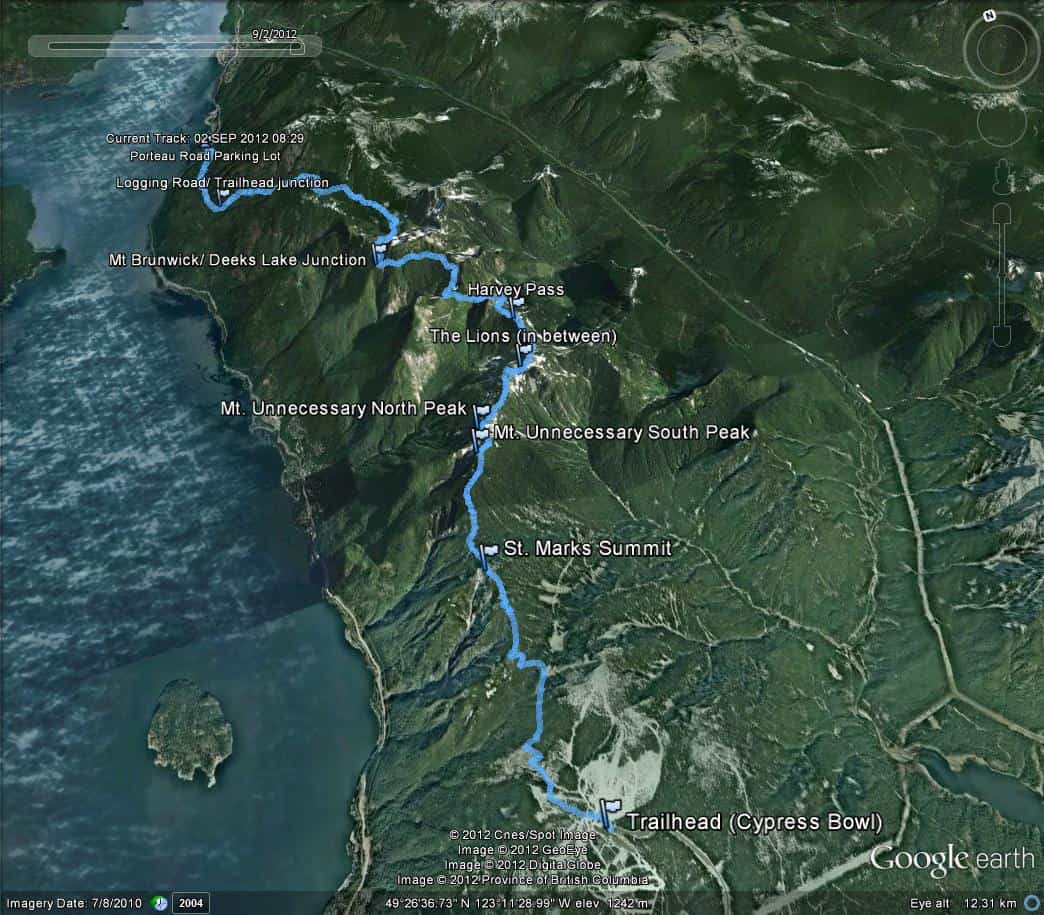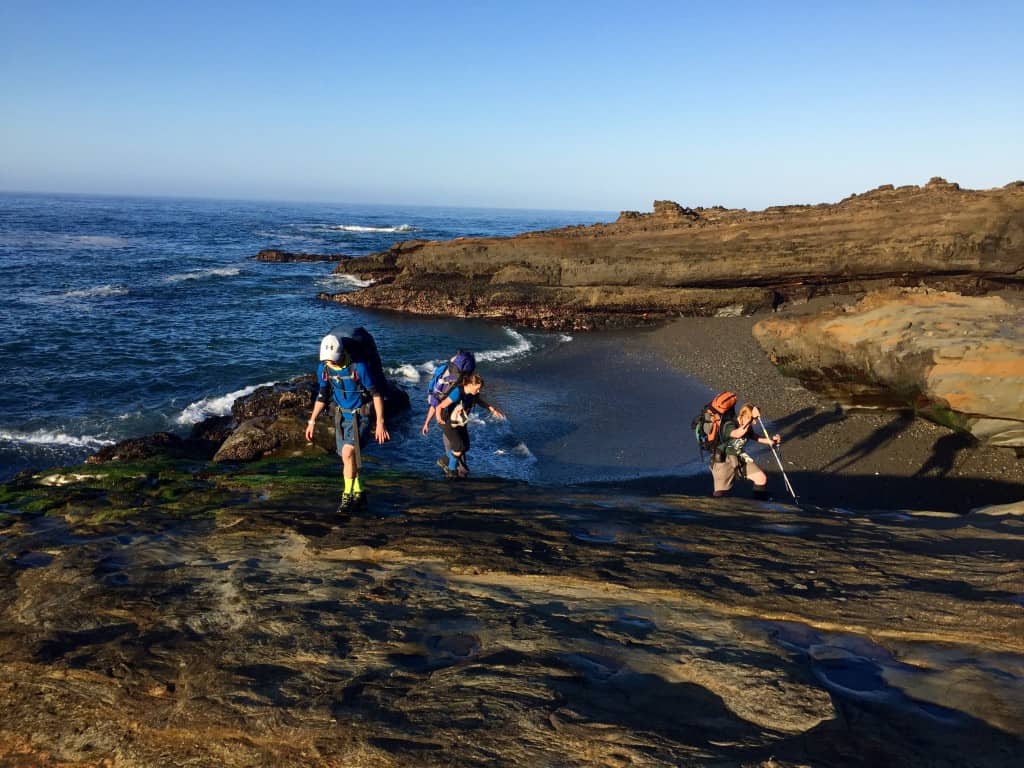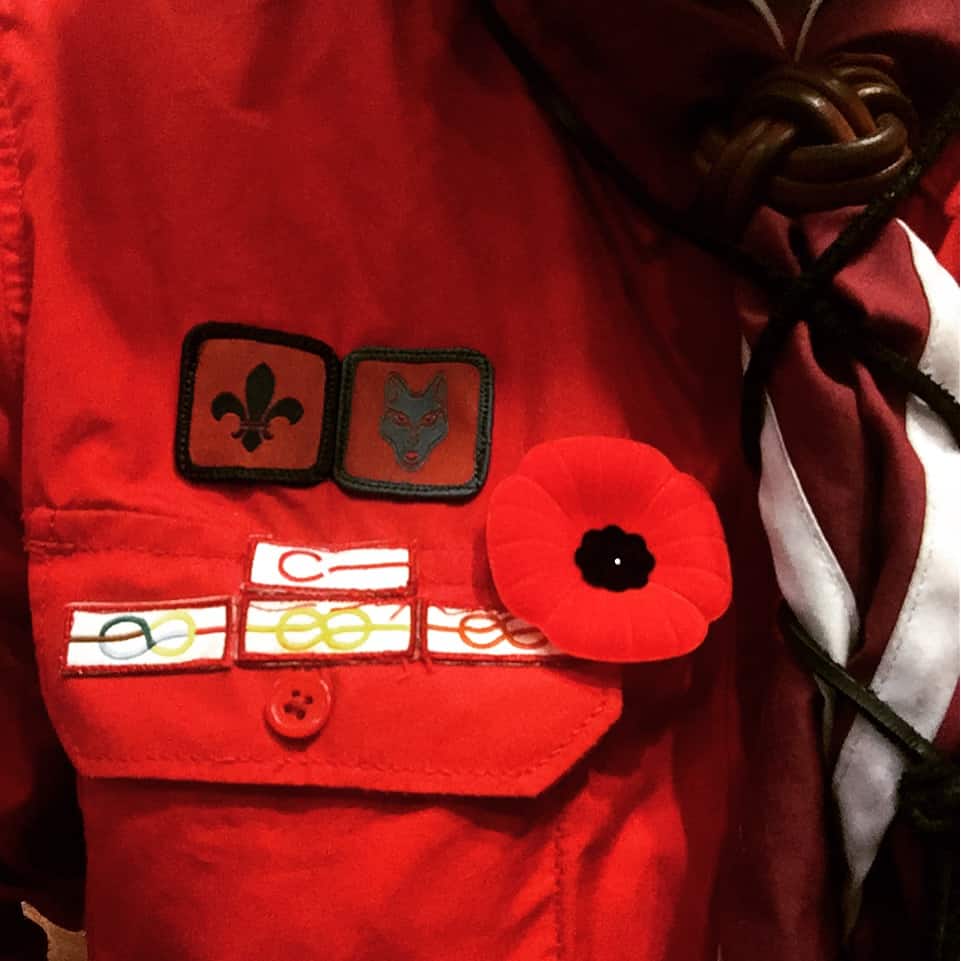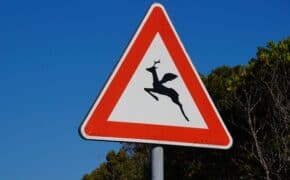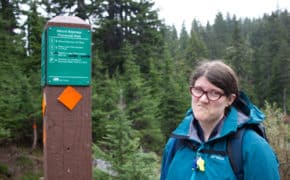Walking the Line
Imagine this- You’ve asked your Scouts what they want to do. You’ve planned where you’re going, who you’re going with, when it’s going to be how to get there, what you’re going to eat, and why you’re going. You’ve checked your gear, made sure your stove is clean and have your water filter ready. Parents have been briefed on the trip, you’ve got your Camping and Outdoor Activity form signed off from your Group Commissioner and left a copy of your emergency plan with another Scouter not going on the trip.
You are six hours into the adventure and something happens. A Scout sprains her ankle. Or it’s absolutely pouring and your Cubs are drenched, even though they have the right gear. Maybe you lose the trail while up on the ridge in the fog bank And the question you’re asking yourself is this—
When do we turn around?
After all, you are legally responsible for the youth in your charge. Parents have entrusted their youth in your care, and even though they’ve signed something that says Scouting activities can be inherently dangerous, I doubt that many parents really consider some of the risks that we can expose Scouts to.
Ignoring the legal side of this though- whether you’re a Scouter getting Beavers undercover in an electrical storm or a Scouter who has a bunch of Scouts looking at you and a map to try and figure out which way to go, you need to set an example and know exactly when to either take control or give the leaders (by leaders I mean Patrol Leaders or Sixers or Company Executive) cues to start the process to come to a safe decision. You can do that by commenting on the weather, or that *you’re* having troubles finding the next trail marker or simply by putting on your toque and rainjacket and going “brrrr!”
Sometimes the safest thing is to turn around.
I however have another reason for when I turn around. It’s not “Am I safe?”, rather it’s “Am I having fun still?”
Will Gadd, The first person to ice climb Niagara Falls and all around outdoorsy guy put it this way-
“We seem so obsessed with having fun outdoors that we often try to classify miserable experiences as “fun.”
A couple of weeks ago, a friend and I tried to hike the Howe Sound Crest Trail– a challenging 30km hike on the North Shore of Vancouver that goes to just south of Porteau Cove on the Sea to Sky highway.
Both of us are physically fit, prepared to spend the night to complete the trail, and have the other necessary skills and knowledge to safely complete the trip and all but created a Camping and Outdoor Activity form- this particular hike was not a Scouting event, but the same principles apply.
This particular weekend though, the weather was not cooperating- A big storm had hit the coast and the hike was in the clouds and wet. We put on our rain gear, and set out. We were in good spirits until we hit the south peak of Mt. Unnecessary, about halfway to where we were planning on camping that night. At that point, our boots were soaked, our jackets drenched as well, either through sweat or the rain. We figured that while we probably could have continued on to where we were staying the night and been fine, we just weren’t really having fun anymore. As it stands, North Shore Search and Rescue were up the trail the next evening looking for another hiker, so we felt pretty good about our choice.
That’s why I go outside to have fun, but I also picked up a lot of skills and knowledge along the way. While there are different types of fun, this is was venturing into Type Three fun- I wasn’t having fun in the pouring rain and always one to two steps from falling off the side of the ridge. Even though we had a trip plan at home, and we could have toughed it out, our guts were saying “Go home.” Trusting our instincts, even with the right gear and being super prepared, is usually the best option.
Another Example
This summer I had the pleasure of joining three Venturer Scouts and another Advisor on the West Coast Trail. Beautiful weather, amazing trail and great company. What could go wrong?
Well, one the hazards on the trail is making sure you beat the tide when hiking the beach portions of the trail. In this particular part, there was an trail entrance we needed to reach in order to get off the beach. We knew there were two entrances, and we had passed one ages ago. I communicated some concern to the other Scouter, as we kept hiking that the tide was coming up and we had still yet to see the second entrance. We had ways of communicating with folks off the trail if we needed assistance, but they aren’t really meant to fix problems that can easily managed with proper wayfinding and risk-management.
So to help convey some concern by pulling out our maps and pausing for a bit to look ahead and to look out to the ocean. Eventually the Venturers figured it out, and decided to double back. I was fully prepared to step in and say- “Hey guys, I’m using my veto power to say we head back to the last trail entrance we saw and go from there.” In this instance that didn’t have to happen, but as Scouters we need to be prepared to do what is safe and ultimately fun in the long run. We had heard stories of hikers who were in chest deep water trying to navigate off the beach. Not only is this unsafe, but not a whole lot of fun either.
We tend to get so focused on hitting the summit to get the photo, or getting those extra kilometres to hike less the next day- we tend to get “Summit Fever.” That is, when we become too focused on hitting the summit and ignoring injuries and other environmental dangers along the way. We want to empower our Scouts to recognize decisions and make the call, but they still need our help deciding what is safe and what isn’t. Sometimes the most fun can be had at the coffee shop down the hill talking about coming back another day. Remember the real goal of the trip, in the context of Scouting, isn’t the summit, but path to get there.


